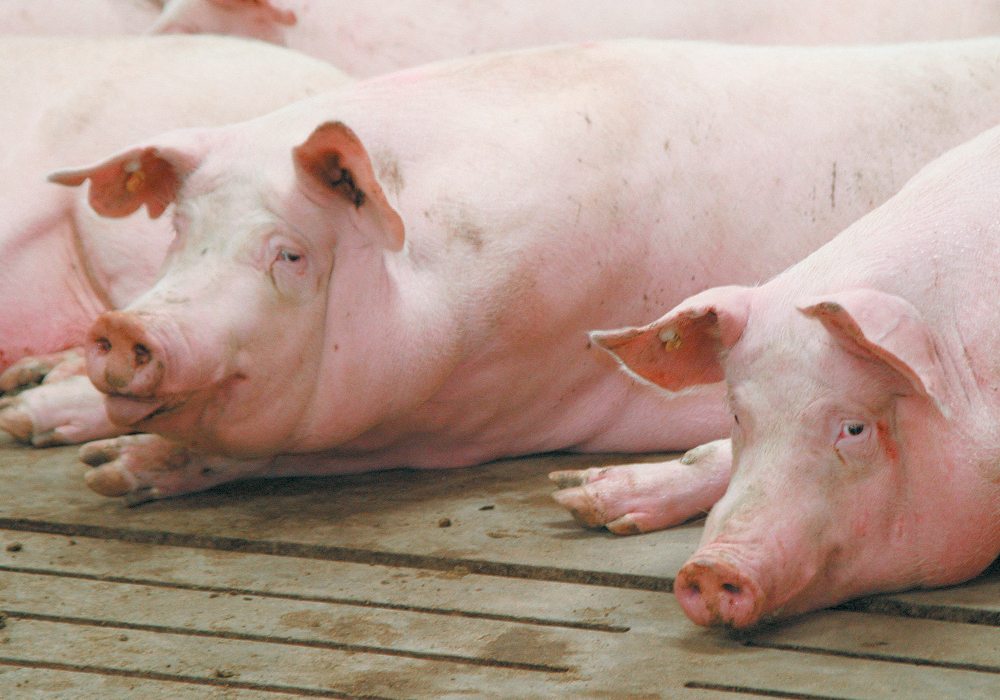China to Encourage Hog Farmers to Reduce Capacity After Price Slump

China will “guide” farmers to reduce hog production capacity as it steps up regulation of the industry, the agriculture ministry said on Tuesday, after an aggressive expansion drive led to an oversupply of pigs and heavy losses.
Big agribusinesses in the world’s top pork producer have modernized farms and expanded pig herds so rapidly in recent years that a downturn in demand led to plummeting hog prices, mounting losses, and rising debt last year.
Farmers lost an average of 76 yuan ($10.60) per hog in 2023, Lei Liugong, director of market and information technology at the ministry, said in a press briefing.
As a result, struggling producers sped up slaughter of pigs late last year to cut their losses, raising the country’s pork production to a nine-year high of 57.94 million metric tons.
Lei said the sow herd at end-December was down 2.5 million heads from a year ago to 41.42 million heads.
But herd numbers are still high and thus destocking will continue in the next one to two months, continuing to depress prices, he said.
But the fall in the number of breeding sows will help the market recover in the second quarter of the year, he added.
To accelerate the return of supply and demand to equilibrium, the ministry will guide farms and households to reduce production capacity and fatten pigs at the right time, Lei said.
At the same briefing, Chen Bangxun, the ministry’s director of the development planning department, said there is room for China to continue reducing the amount of high-protein soybeans used in livestock feed.
The current proportion of soybean meal in feed formula fell to 13%, down 1.5 percentage points from 2022, which is equivalent to a reduction of about 9 million metric tons of soybean consumption, Chen said.
Soybean demand in the world’s largest importer is largely driven by the livestock industry as the beans are crushed into meal for animal feed.
China, aiming to reduce its soybean imports, has promoted low-protein feed diets, and the use of oilseeds, leftover food and animal carcasses for feed.
($1 = 7.1707 Chinese yuan renminbi)
Read also
Wheat in Southern Brazil Impacted by Dry Weather and Frosts
Oilseed Industry. Leaders and Strategies in the Times of a Great Change
Black Sea & Danube Region: Oilseed and Vegoil Markets Within Ongoing Transfor...
Serbia. The drought will cause extremely high losses for farmers this year
2023/24 Safrinha Corn in Brazil 91% Harvested
Write to us
Our manager will contact you soon



